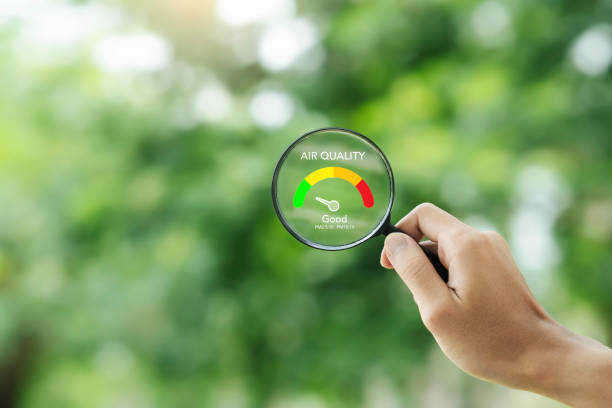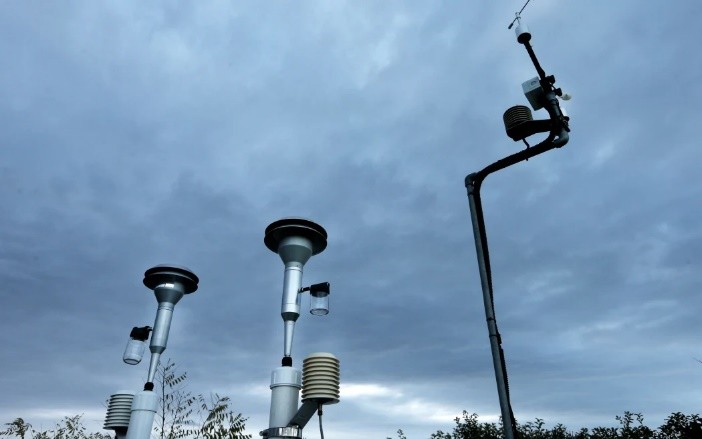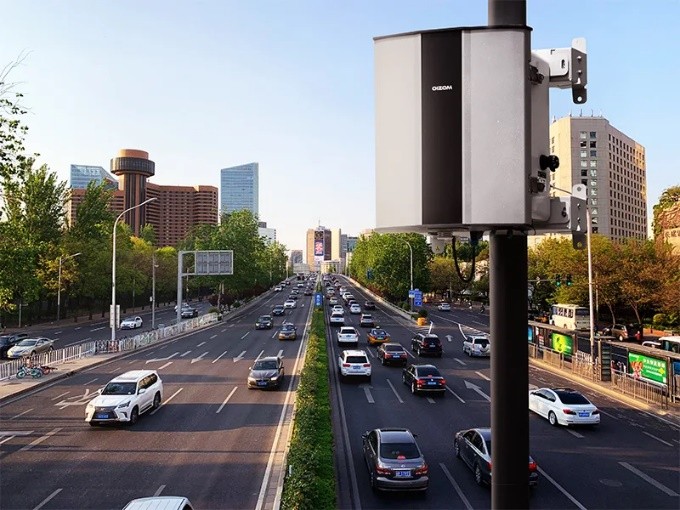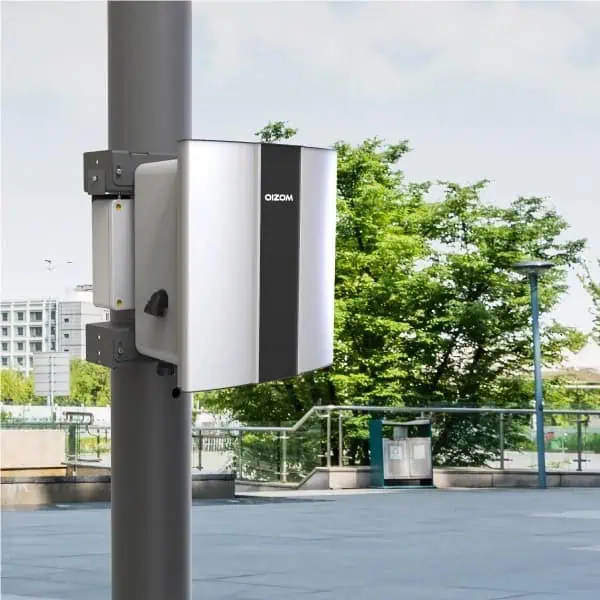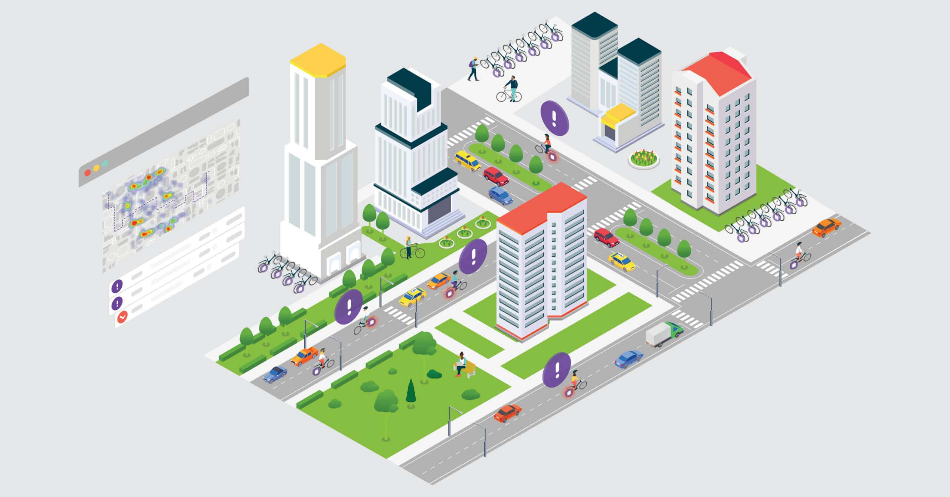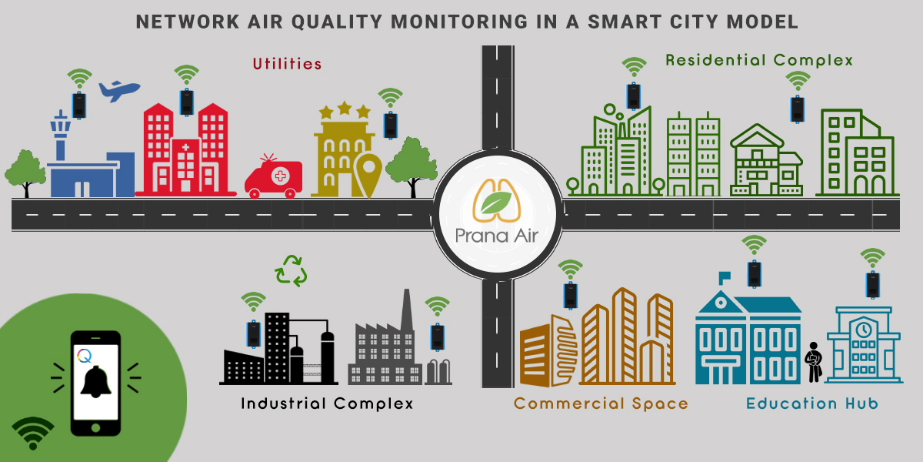Precision in the Air: Advances in Air Particulate Matter Monitoring
Monitoring air quality is crucial for safeguarding public health, enhancing industrial safety, and meeting environmental standards. Traditional air assessment methods, relying on manual sampling and lab analysis, are often too slow for modern needs. Air Particle Monitoring Systems address these gaps by offering real-time, continuous, and accurate detection of particulate matter (PM). These systems leverage cutting-edge sensors and data analytics to track pollutants like PM1, PM2.5, and PM10—enabling faster decision-making, pollution source identification, and regulatory compliance.

